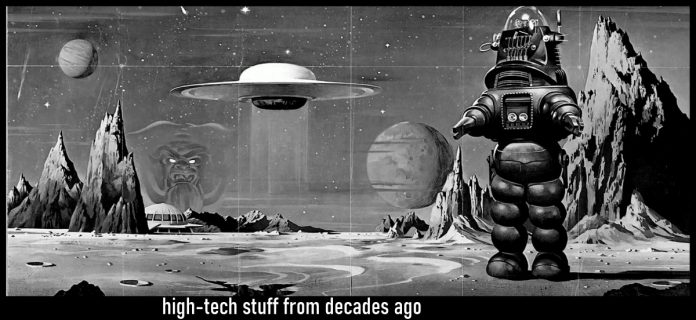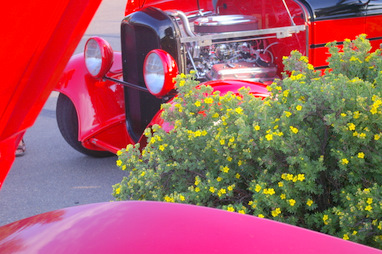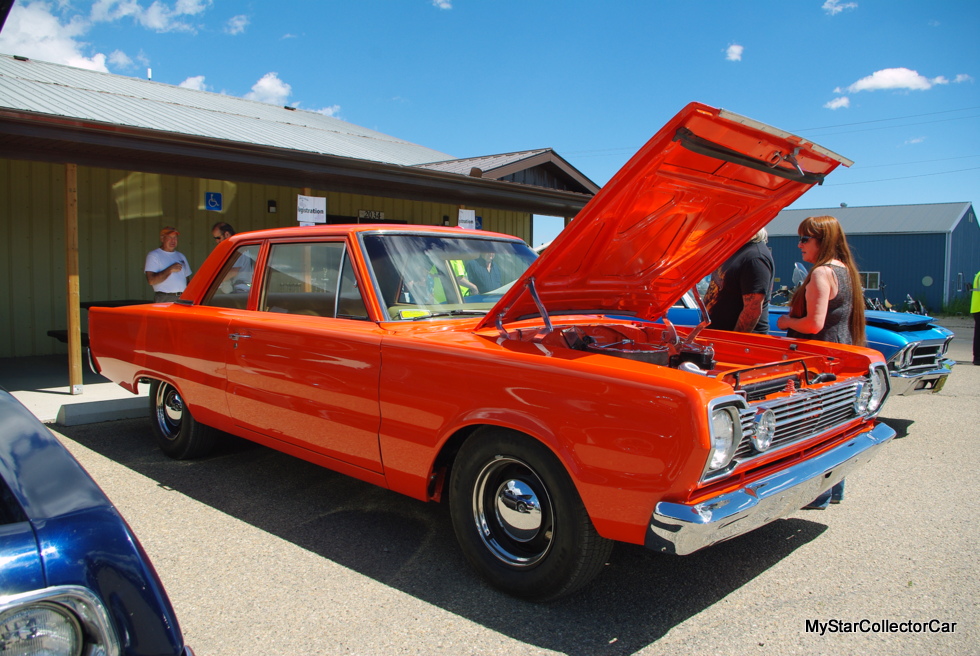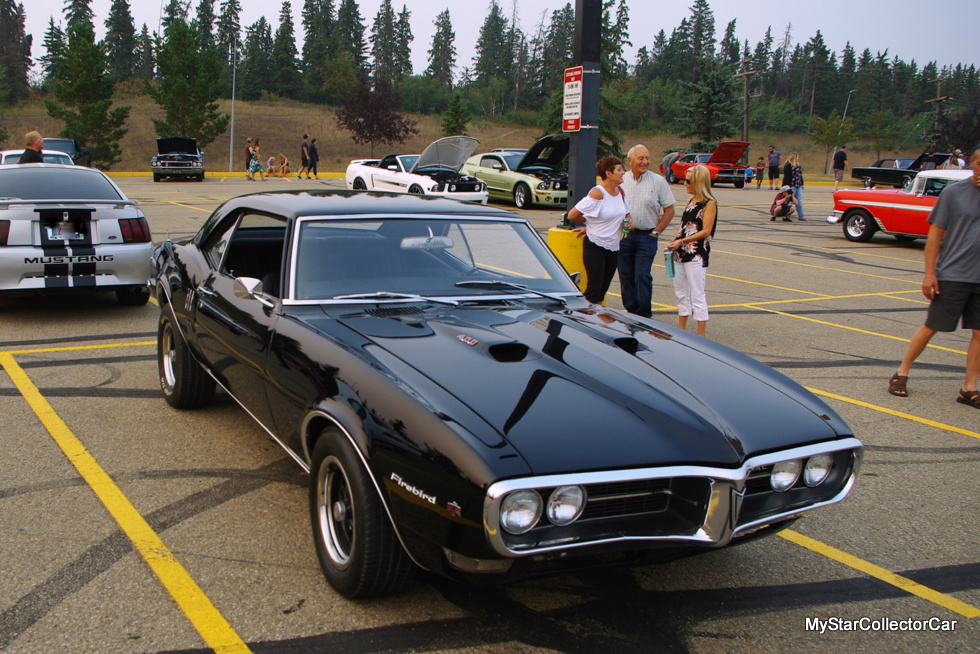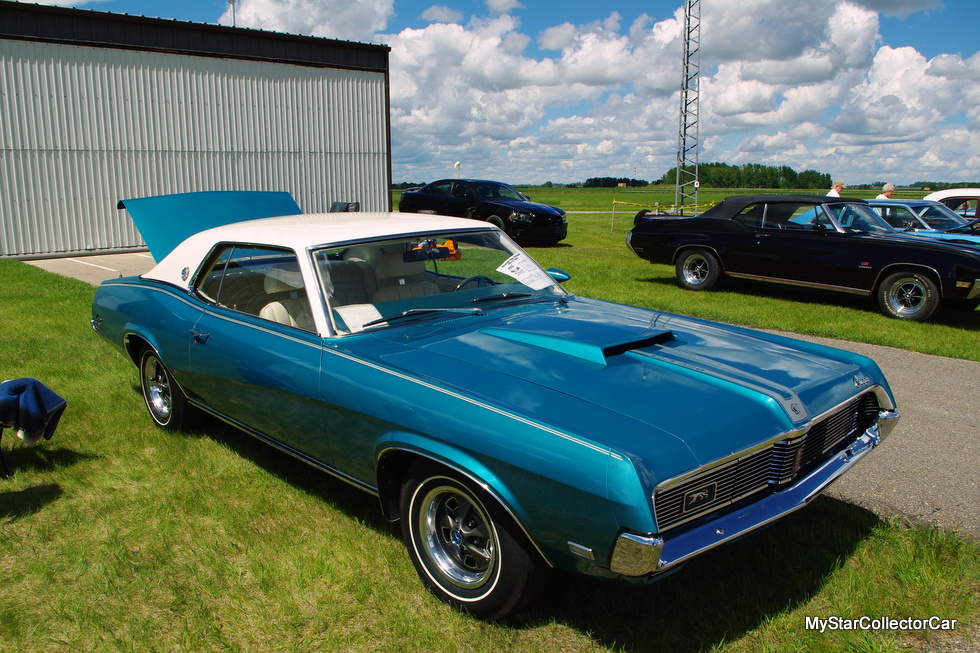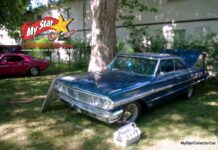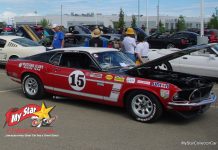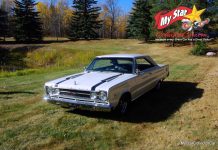Car buyers take a lot for granted in today’s world thanks to new technology, but it didn’t happen overnight.
There were some cars over the years that were cutting-edge, but they never spent any time in the spotlight because the time wasn’t right–or they were shunned because of their looks.
Jerry Sutherland
The Chrysler/DeSoto Airflow is a great example of a shunned car in its day, but it brought innovations to the table that are a huge part of today’s cars.
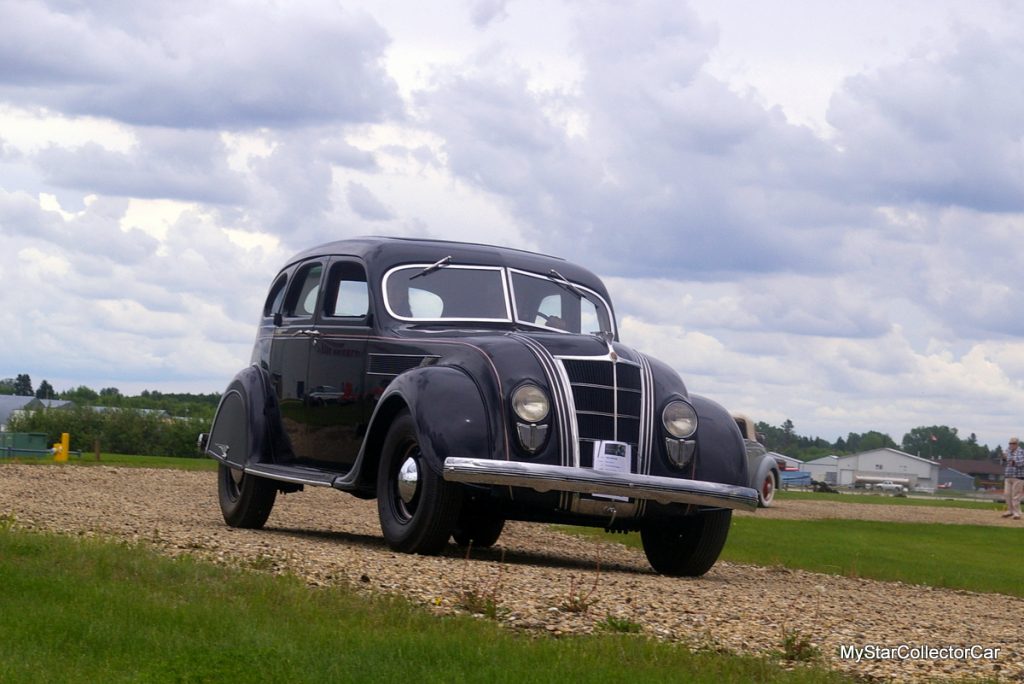
Unibody was the biggest piece of Airflow engineering. Bear in mind, it was built in an era where most of a car’s body was wood, so a tubular cage inside the sheet metal was a feat of Star Trek engineering in 1934 when the first Airflow hit the road.
The typical body-on-frame cars based most of their structural strength on the frame–Airflows placed the strength higher up on the car so these cars didn’t self-destruct in a rollover. Guys who drove typical wood-structured cars back in the 30s weren’t so lucky.
The other thing Chrysler worked on with the Airflows was aerodynamics. They may look like a turtle on wheels in 2021, but Airflows were designed to make air flow around it–instead of against it. It was such a catchy concept , Chrysler named the car after a physics principle.
The final thing Airflows addressed was weight distribution. Chrysler moved the passengers and engine forward so nobody was sitting over the rear axle–they wanted the weight closer to the front so when passengers sat in the back seat, the weight distribution was close to ideal (50-50).

They never won buyer’s hearts and minds in the 1930s–and still haven’t climbed in collector world–but Airflows were unsung heroes that brought new tech to a decade when concepts like unibody construction, aerodynamics and weight distribution were abstract ideas.
Packard introduced another cutting-edge piece of technology with an air conditioning option on its 1940 models.
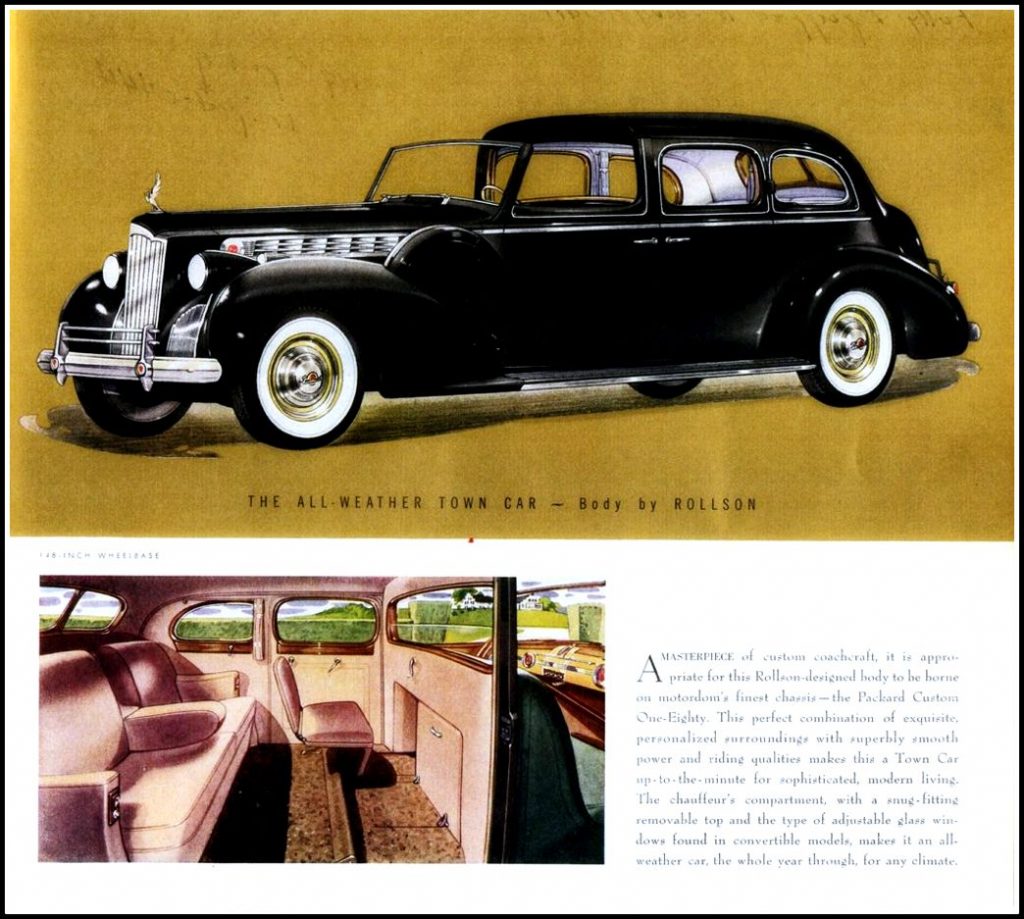
This was an incredibly expensive (and bulky) option, but Packard was first. You won’t hear songs written about 1940 Packards, but when summer hit back in 1940, a Packard taxi with the AC option would have been the most popular ride in the city.
1949 was another big leap forward in technology when Nash offered seatbelts as an option. There weren’t many takers, but at least Nash saw the future–decades before seatbelts became mandatory.
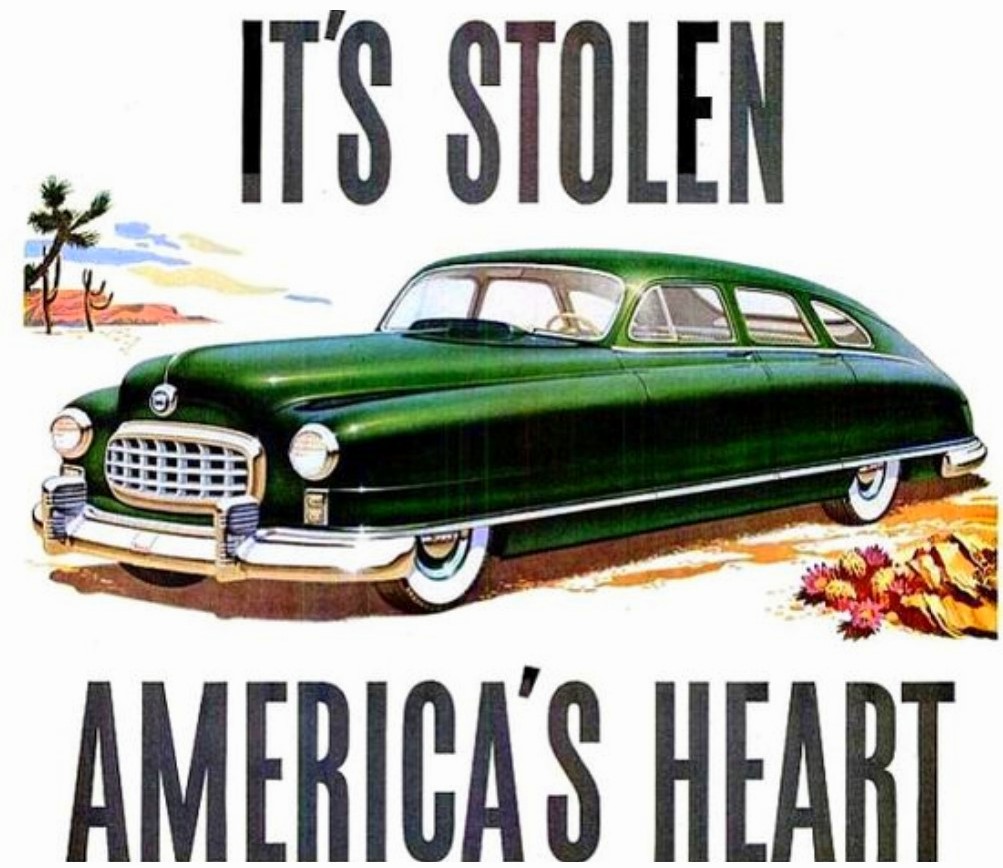
They were also unibody, plus they had a curved, one-piece windshield. Aerodynamics were also a huge factor in the ‘bathtub’ Nash, so it was cutting-edge on four fronts–but they never got the press back in 49. Worse yet, Nash would disappear few years later–seat belts or no seat belts.
Disc brakes are a given in 2021, but back in the late 1940s, they were extremely rare. It took a humble little car builder (Crosley) to introduce disc brakes to the North American market.
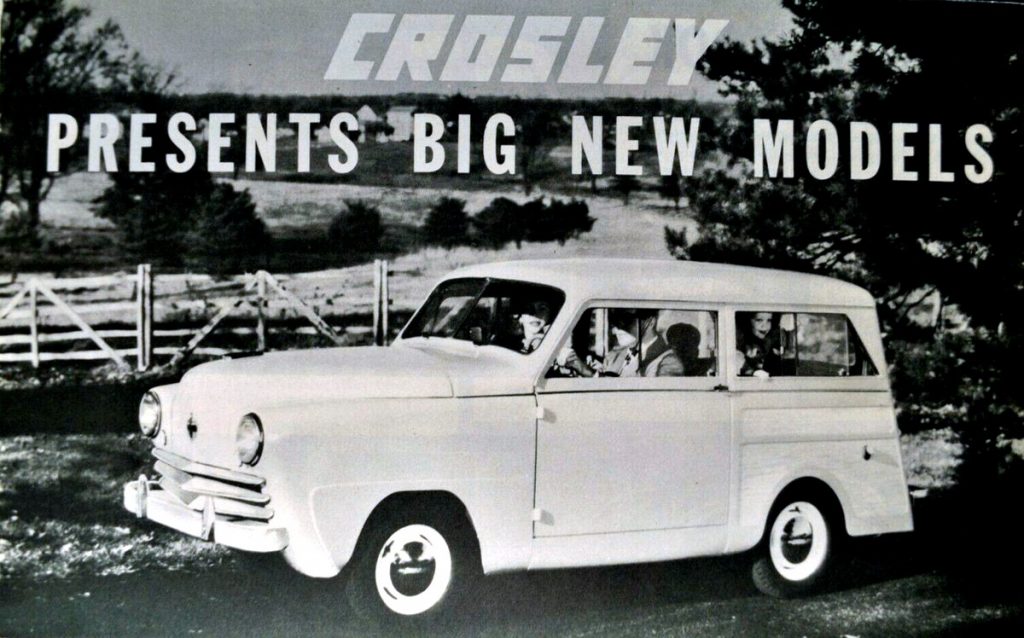
Crosley was light years ahead of the game in 1949 because their cars had disc brakes on all four wheels–you don’t even see that today because lower-end cars still run drums on the back wheels.
The 1957 Rambler didn’t stand out in an era with space-age styling, but under the hood they had something no other builder had–electronic fuel injection (EFI).
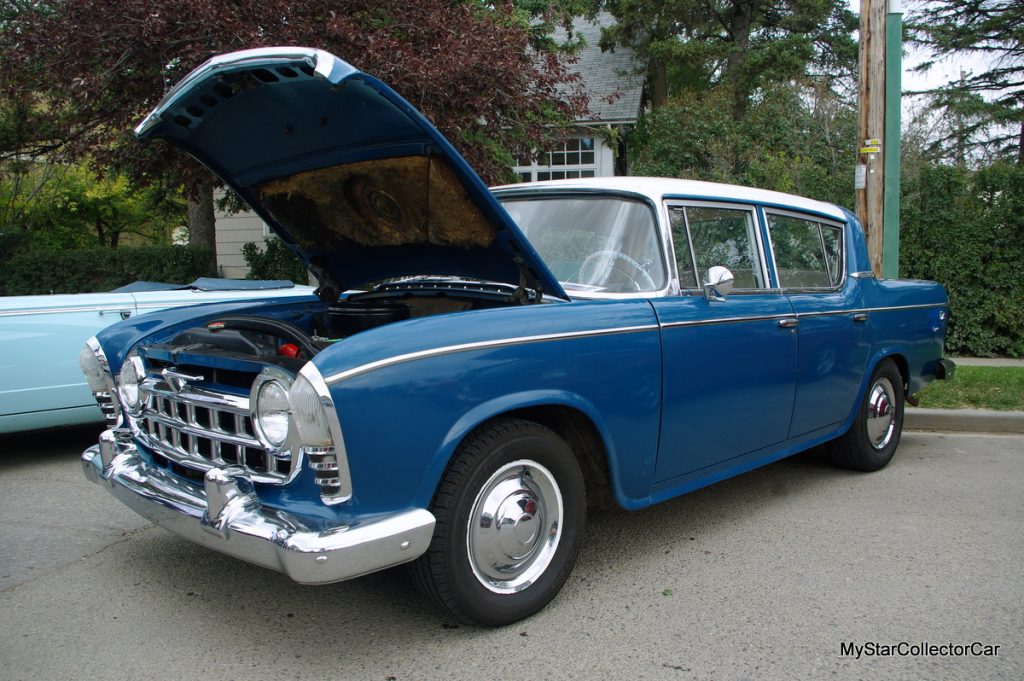
They called it the Electrojector–it was crude and inconsistent, but it paved the way for today’s highly efficient fuel injection systems. Rambler never got the Hollywood spotlight like the ’57 Chevy, but they were on the right path with EFI.
There you have it–most them weren’t glamorous, but these cars were part of a huge leap forward in automotive technology.
By: Jerry Sutherland
Jerry Sutherland is a veteran automotive writer with a primary focus on the collector car hobby. His work has been published in many outlets and publications, including the National Post, Calgary Herald, Edmonton Journal, Ottawa Citizen, Montreal Gazette, Saskatoon StarPhoenix, Regina Leader-Post, Vancouver Sun and The Truth About Cars. He is also a regular contributor to Auto Roundup Publications.
- CLICK HERE TO SIGN UP FOR THE NEWSLETTER
- CLICK HERE to Like us on Facebook
- CLICK HERE to Follow us on Twitter
- CLICK HERE to Follow us on Pinterest
Please re-post this if you like this article.

































